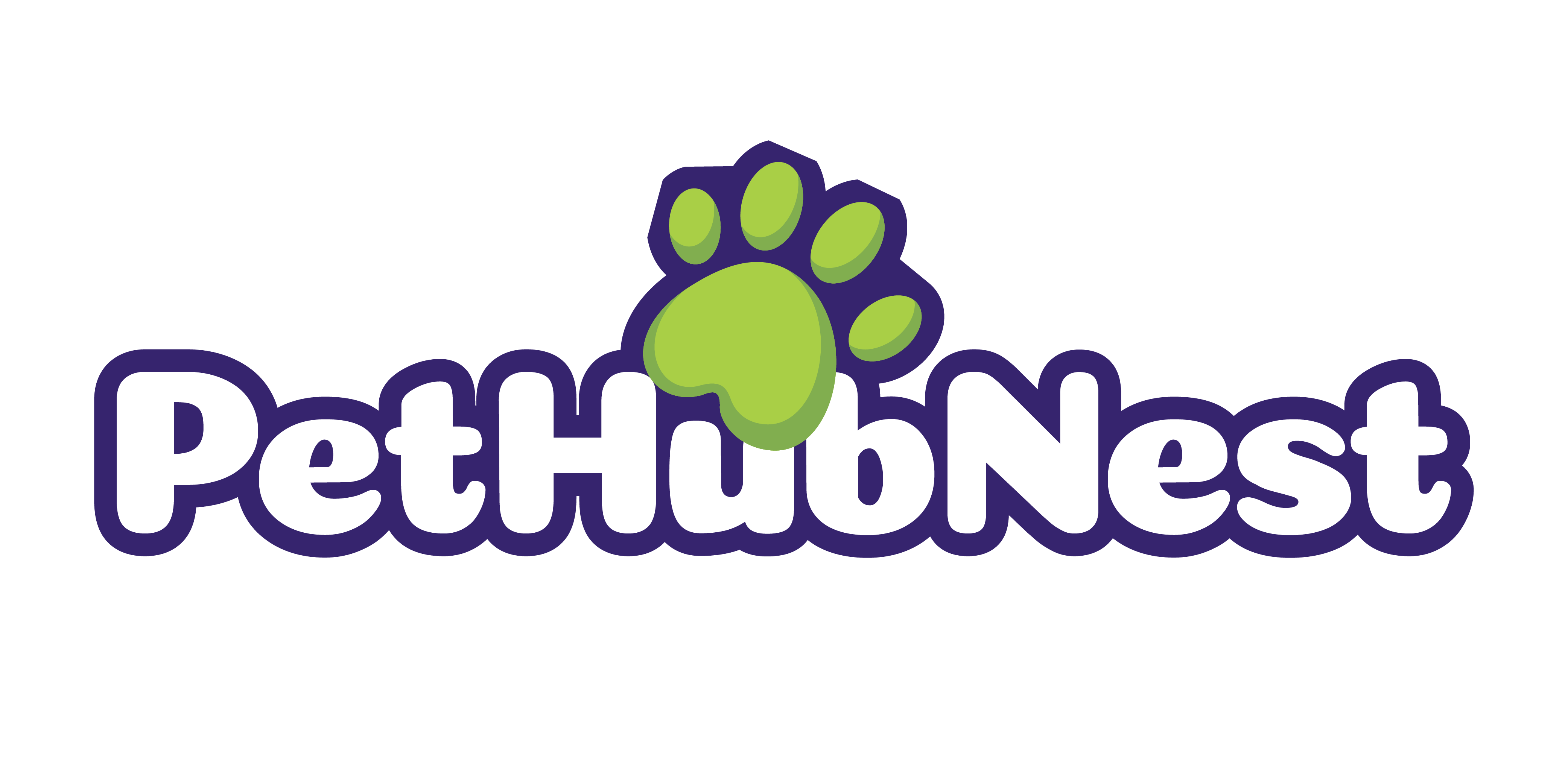Why Pet Adoption Matters
Animal shelters have reached a breaking point. Across the country, intake numbers keep rising while adoptions struggle to keep pace. Overcrowding leads to cramped conditions, overwhelmed staff, and heartbreaking decisions. There’s simply not enough space or resources to support the constant flow of animals in need.
But here’s the shift: when communities step up—through adoption, fostering, and advocacy—everything changes. Shelters that once faced impossible choices start seeing empty kennels and recharged staff. Adoptive homes open space for more animals to be saved. And with each adoption, the stress on the system lightens.
One adoption may feel small. But when you zoom out, it’s thousands of these small choices adding up. Each time someone chooses to adopt, it creates room for another animal to get a second chance. It’s how crisis turns into possibility—one pet, one person, one home at a time.
How Adoption Reduces Euthanasia Rates
For years, animal shelters operated in crisis mode—too many animals, too little space, and impossible choices. In 2011, over 2.6 million shelter animals were euthanized annually in the U.S. alone. That number has dropped to approximately 920,000 as of the latest 2023 estimates. A major factor? Public awareness campaigns and a cultural shift toward adoption over buying.
The change wasn’t overnight, but it’s been powerful. Nationwide events like Clear the Shelters and grassroots storytelling—think viral videos of adopted pets thriving—have inspired thousands to choose adoption. Each successful placement chips away at the numbers. It sends a message that these animals matter and they’re worth a second shot.
Thanks to better awareness, many shelters are no longer operating like triage centers. They’re shifting focus from just making space to making recovery possible. More dogs and cats are getting the training, medical treatment, and emotional care they need to thrive in homes, not just survive in cages. It’s less about keeping up with intake, and more about preparing animals for long-term success.
Evolving Role of Animal Shelters
Animal shelters are shifting away from their old image of short-term, overcrowded holding spaces. In 2024 and beyond, many shelters are becoming dynamic community hubs focused on long-term success for both pets and adopters.
From Holding Spaces to Adoption Centers
Modern shelters increasingly operate with the goal of placement over containment. Rather than simply housing animals temporarily, they now take proactive steps to:
- Prioritize adoption readiness from day one
- Design more welcoming environments for visitors and potential adopters
- Implement faster, more efficient adoption processes to reduce animal stress
This transition has proven to not only shorten shelter stays but also boost successful match rates between pets and owners.
Focus on Behavior and Health
Health and behavior interventions are central to this evolved role. Shelters are investing resources into:
- Veterinary screening: Early diagnosis and treatment help animals leave healthier and stay adopted longer
- Behavioral training: Addressing fear, reactivity, or under-socialization before adoption increases pet success in new homes
- Emotional support: Ensuring animals feel safe increases their adoptability and long-term well-being
These proactive services don’t just save lives—they create better adoption matches from the start.
Strengthening Community Partnerships
No shelter operates in a vacuum. Many are now expanding their impact by forging stronger local partnerships with:
- Volunteer networks and foster families
- Veterinary clinics offering support or discounts
- Schools and organizations running outreach and education programs
- Local businesses sponsoring events or donating supplies
These collaborations make shelters more resilient and resource-rich, while embedding pet welfare into the heart of the broader community.
The evolution of animal shelters reflects a hopeful trend: communities stepping up, innovating, and creating pathways to better lives—for animals and people alike.
Emotional and Social Impact on Shelter Staff
When euthanasia rates drop, so does the emotional weight on shelter teams. Staff aren’t constantly caught in the moral tug-of-war that comes with ending lives due to space or circumstance. Instead, they’re seeing more animals move out of cages and into homes. That shift rewires the day-to-day atmosphere. It’s not just about animal welfare anymore—it’s about human sustainability, too.
With fewer heartbreaking decisions comes better mental health, which translates into better staff retention. People stay longer, grow more confident, and build stronger relationships with the animals and adopters alike. It’s a win for morale and for operational stability.
Less time spent coping means more time spent doing what shelter workers actually signed up for: helping animals heal and land in the right homes. Adoption-focused environments allow staff to lean into behavioral work, enrich the animals’ routines, and offer thoughtful match-making rather than rushed placements. When shelters don’t feel like revolving doors, everyone—staff, animals, and adopters—gets a better outcome.
Beyond the Numbers: Animals Thriving in Homes
Adoption doesn’t just change a pet’s address—it reroutes their entire life. Dogs that once cowered in the backs of kennels now run trails with weekend warriors. Cats that hissed at every footstep now curl on windowsills in the sun. Time, safety, and steady care unlock parts of them that were shut down in the shelter chaos.
We’ve seen it play out thousands of times. The fearful pit mix becomes a goofy cuddlebug. The anxious senior tabby purrs through a vet visit. Behavior once marked as “aggressive” or “unmanageable” softens into obedience with gentle training and a stable routine. It’s not magic. It’s patience, boundaries, and love.
When pets land in the right homes, that’s not the end—it’s the starting line. They grow, bond, and stabilize. Health improves. Behavior evens out. They become permanent parts of a family unit. It’s in these transformations that the mission of adoption proves its worth.
For more on the pets living their best lives post-adoption, visit Success Stories of Pets Thriving in Their New Homes.
The Ripple Effects in Local Communities
When adoption rates rise, entire communities feel it. More shelters are now hosting regular events—not just to find homes for animals, but to educate the public. These events offer free training sessions, wellness checks, and talks about responsible pet ownership. It’s not just about getting pets adopted; it’s about keeping them in homes long-term. That kind of education pays off.
As adoption culture grows, stray animal populations decline. Fewer animals roaming the streets means fewer public health concerns—less aggressive behavior, lower risk of bites, fewer zoonotic disease transmissions. The domino effect is real: when animals are cared for, people are safer.
There’s also a quiet win for the local economy. Veterinary clinics, groomers, food suppliers, dog walkers—they all see a boost when adoption climbs. Shelters that once relied solely on donations are forming partnerships with small businesses. In some towns, pet-focused startups are popping up to meet demand. Adoption isn’t just heartwarming—it makes sound, local economic sense.
What’s Still Holding Shelters Back
Despite all the wins, animal shelters still face some deep-rooted obstacles. The first and most obvious: funding. Many shelters across the country are stretched thin—running on outdated facilities, short staffing, and worn-out equipment. When resources are that limited, even high-motivation teams can’t keep up with demand, much less innovate.
Then there’s the awareness gap. Too many people still think shelter pets are damaged or dangerous—when in reality, most are simply victims of circumstance. These misconceptions drive adopters to breeders or pet stores instead of giving a great animal a second shot at life. Bridging this gap starts with honest, visible storytelling and community outreach.
Finally, the policy landscape hasn’t kept pace. Regulations around animal welfare and shelter practices vary wildly depending on the city or state. Some adopt strong frameworks with funding and oversight. Others leave shelters working in a grey zone, with no safety net and unclear rules. The result is an uneven playing field where luck often matters more than effort.
Until these core problems are addressed—better funding, better education, and smarter policy—progress will plateau. The system doesn’t need a total overhaul, but it does need serious tuning.
The Road Ahead
Technology is finally catching up to the adoption world—and it’s moving fast. Pet tech isn’t just about fancy GPS collars or auto-feeders anymore. We’re talking advanced digital platforms that let you browse adoptable animals by behavior traits and compatibility scores. Think dating apps, but for choosing your next best friend. These tools are making adoptions faster, better matched, and more accessible to people who never considered the shelter route before.
At the same time, rescue transport is quietly becoming a backbone of the system. Shelters in overcrowded urban areas are working with networks to move animals across state lines to regions with more foster availability or higher adoption demand. The message is clear: where you live shouldn’t decide a pet’s fate.
The big picture? Adopting a pet isn’t just a personal act of kindness. It’s part of an evolving system that’s transforming how communities deal with animal welfare. Every time someone opens their home, they’re also cracking open a little more space in a shelter, buying time for another life, and helping reshape what it means to care.


 Annelina Pierceric is a dedicated author at pethubnest She shares practical insights on pet care, exploring new ways technology can support healthier and happier lives for pets.
Annelina Pierceric is a dedicated author at pethubnest She shares practical insights on pet care, exploring new ways technology can support healthier and happier lives for pets.


